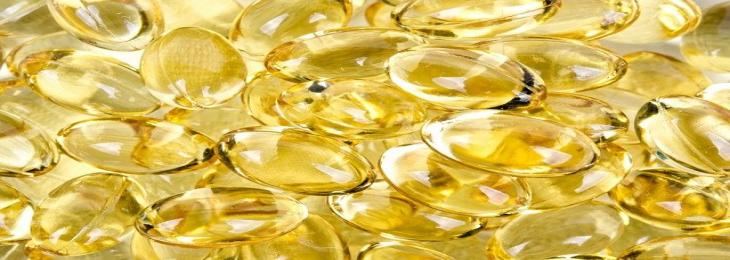
Ultraviolet LEDs can produce Vitamin D without causing skin damage, according to a study published on October 1, 2020.
Although ultraviolet (UV) rays in sunlight have harmful effects, it is significant for the production of vitamin D in the body. A recent study conducted by scientists claimed that UV LEDs could act as a healthy alternative when sunlight is not available in required amount. Vitamin D plays a major role in reducing the bone density and muscle mass, especially in elders. Although vitamin supplements are available, it is more effective when produced naturally by getting enough exposure to sunlight.
People residing in the northern latitudes are unfortunate, as they do not get enough sunlight exposure during winter, when daylight hours are reduced. Moreover, people with restricted mobility, especially elders, might be unable to move out and get their daily dose of vitamin D from sunlight. However, excessive exposure to the sun is linked to medical problems such as skin cancer and premature aging of the skin. Due to this dilemma, researchers at Japan's Nagoya University started investigating the amount and intensity of UV light needed to produce required vitamin D in mice. The mice were genetically altered to age at an accelerated rate and were irradiated by UV LEDs twice a week according to the prescribed levels. On the other hand, the control group was not exposed to UV at all.
In 12 weeks of conducting this experiment, researchers noted that mice that were exposed to UV had higher vitamin D levels along with an increase in bone density, muscle mass, and strength. Also, no skin damage was reported. The researchers are now focusing on producing a portable UV LED device for human use. It will be mainly useful for seniors to prevent and cure osteosarcopenia, which is a disease caused due to both decreased bone density and decreased muscle mass. Professor Yoshihiro Nishida, the lead scientist, said that this device will help elderly people get the much needed vitamin D in the required amount or more than possible from sunlight, in a much safer and cheaper way.






